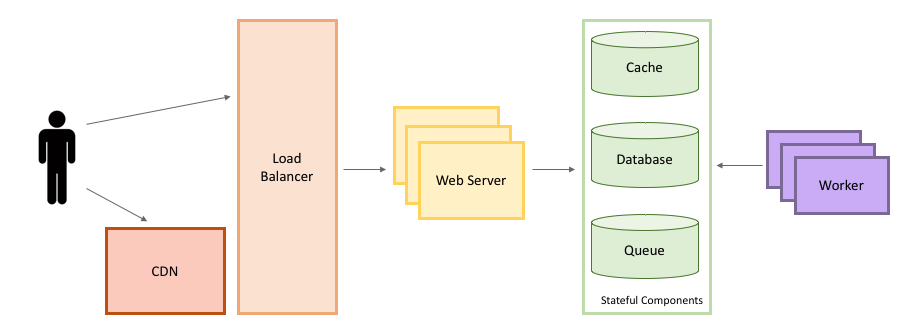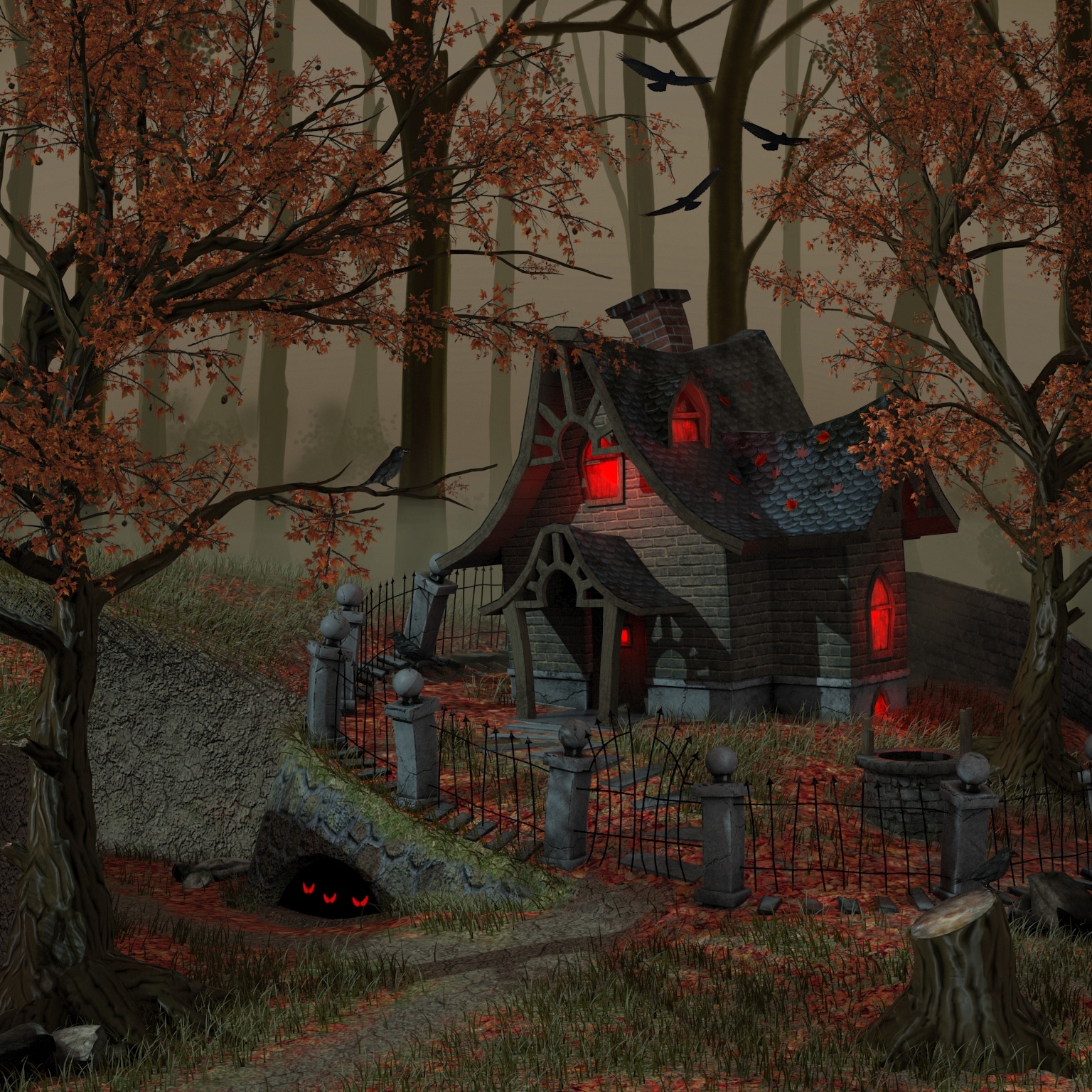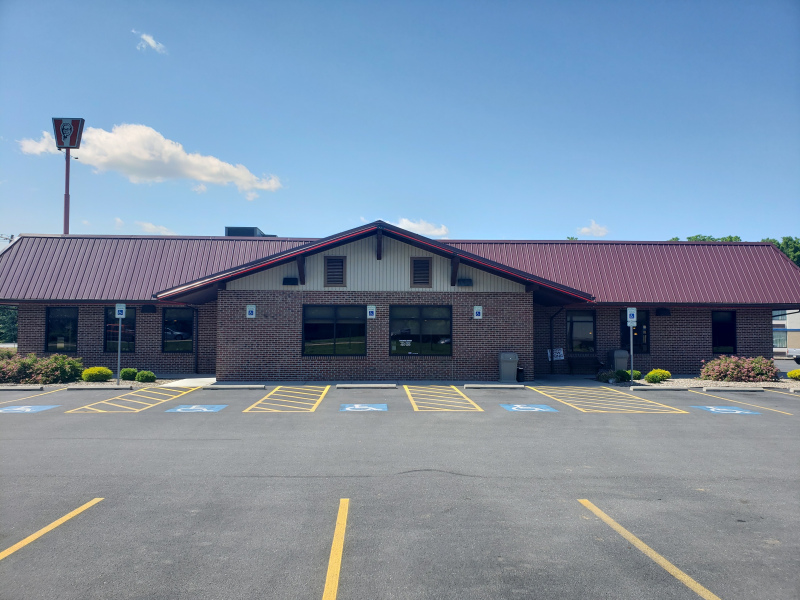Table Of Content

It can also refer to the process of defining, developing, and designing systems. These designs have to satisfy the specific needs of a company or an organization. The ENR California Top Design Firms list, ranks the largest U.S.-based designs firms, both publicly and privately held, based on design-specific revenue. Each category represents a set of design patterns meant to solve a specific type of object-oriented design problem. By using these patterns, developers can significantly improve their software’s coherence, modularity, and maintainability. Understanding the various design patterns of OOD should be a primary focus of your preparation for the low-level design interview.
Solution of Frequently asked System Design Questions
Consumers and businesses alike are online, and even legacy programs are migrating to the cloud. Distributed systems are the present and future of the software engineering discipline. The best way to think about the conversation is to imagine that you and a colleague are asked to design a large-scale system, and you are hashing out the details on the whiteboard.
How I leetcode for 6 months and land a job in FAANG (Facebook, Amazon, Apple, Netflix, Google) - Towards Data Science
How I leetcode for 6 months and land a job in FAANG (Facebook, Amazon, Apple, Netflix, Google).
Posted: Sun, 25 Aug 2019 15:09:05 GMT [source]
Do certificates help you pass an SDI?
Outlining a sustainable architecture that meets the initial requirements shouldn’t really require you to discuss microservice-level scalability. You’re right that machine learning and artificial intelligence are highly popular in tech news right now. It’s likely that the demand for engineers who are skilled in these areas will increase. Tech heavy hitters like Google and Microsoft have announced that some of their biggest products will be heavily invested in AI tech moving forward. A lot of other companies are going to follow suit, so if you have an interest, I highly recommend starting to learn AI and ML-related concepts now.
Building Blocks
System design is basically the process of defining elements of a system including modules, architecture, components, interface, and data for a system based on a specific set of requirements. System design uses the concepts of computer networking, parallel computing, and distributed systems to craft systems that scale well and are performant. The discipline of system design helps us tame this complexity and get the work done.
For a deeper dive into the building blocks of modern system design, I recommend Educative’s new course Grokking Modern System Design for Software Engineers & Managers. Like with anything else, it is important to start with the basics. The fundamentals — or building blocks—of distributed systems can give you the framework of what’s possible and what’s not in a given system. Unlike a coding interview question, System Design Interviews are free-form discussions, and there’s no right or wrong answer. Instead, the interviewer is trying to evaluate the candidate’s ability to hold a conversation about the different aspects of the system and assess the solution based on the requirements that might evolve during the conversation. Thankfully most SD interviewers know that junior engineers won’t have the practical experience to dive in-depth and explore a system like more senior candidates can.
During the webinar, I was able to answer a few audience questions live. But because we received so many fantastic questions from attendees — far more than we had time to get to during the event — I wanted to write a blog to answer even more of the best and most commonly asked SDI questions. For example, Java developers who want to become software architects can join this course to improve their knowledge of software design and system design.

What kind of Experience do you want to share?
You will get an overview of database technologies and NoSQL solutions. In addition, you will also learn how to use caching for improving scalability and performance. I have seen many resources about algorithms and leetcode questions, but as engineers became senior, there is more emphasis on "System Design interviews" and "SW architecture".
Grokking Modern System Design for Software Engineers and Managers
This fantastic course will help you polish your machine learning skills. You will be able to do this by grokking your way to getting a very good machine learning job. It is also one of the only courses out there that will teach you about large-scale distributed system design problems in painstaking detail. I am pretty sure that you will find this course a valuable learning experience.

Machine Learning System Design [Educative]
All of the lessons are live interactive sessions in which you can communicate with the mentors in real-time, and there are also one-on-one doubt clearing sessions to clear out any remaining doubts. There’s also the Flexible Pass option, which is helpful if you’re a working professional who wants to learn while still working. It does this by giving you access to classes from various batches as well as the LMS portal, where you may watch recorded lectures at your leisure. One of the best things about this course is that mentors from FAANG and other top-tier MNCs give instruction for the course.
How I Cracked the Meta Machine Learning Engineering Interview - Towards Data Science
How I Cracked the Meta Machine Learning Engineering Interview.
Posted: Tue, 25 Oct 2022 07:00:00 GMT [source]
Real-world system building is an iterative process where we start with a reasonably good design, measure how it performs, and improve the design in the next iteration. Returning to Google Cloud Spanner, this system represents the type of case study that could turn up in an Advanced System Design interview. System Design interviews, on the other hand, take a broader look at the big picture. Here, your concerns are with an entire system’s overall architecture and design. Your interviewers expect you to develop a robust, high-level architecture that meets functional and non-functional requirements alike. You may need to consider properties like scalability, availability, and security in your decision-making process.
By the end of this course, you will become an expert system designer. This chapter will design a system like Uber and find the answer to such questions. Let’s evaluate your understanding of the functional and nonfunctional requirements for Uber. Identify three functional and three nonfunctional requirements for Uber in the widget below.
They utilize their real-life experience in their firms as a reference to prioritize the types of questions to familiarize you with. This pattern may be seen throughout the course since it is applied to each question. It provides a step-by-step approach to mastering System Design Interviews. The success of this course encouraged a sequel, and DesignGuru.io now also have a System Design course called Grokking the Advanced System Design, which just takes the system design interview preparation to the next level.
Understanding the different types of design interviews, whether they focus on low-level implementation details or more advanced System Design concepts, can give you the best chance of providing an answer that gets you hired. Systems design is the process of defining the architecture, modules, interfaces, and data for a system to satisfy specified requirements. Systems design could be seen as the application of systems theory to product development. And as System Design Interview questions make up a bigger part of the developer interview, having a working knowledge of distributed systems will pay dividends in your career. If you would like to solve interactive design problems there is no better resource out there than Grokking Modern System Design for Software Engineers and Managers. It was vetted and validated by Facebook and Microsoft engineers who helped design and build the actual systems those companies ask about in their interviews.
The focus of this course is to immerse ourselves into carefully-selected system design endeavors to enable ourselves to tackle any novel design problem, be it in a systems design interview or a task at the office. This course aims to teach concepts instead of giving out boilerplate designs. Hey all, am just wondering if in 2023 this course is still enough for a senior software engineer to pass an interview? I see mixed reviews about it- many saying it lacks depth, is too simplistic, or simply isn't enough for senior with more than 4-5 years experience.
The key to unlocking data durability and consistency; replication deals with backups of data, but also being able to repeat processes at scale. Before I spent eight years working on distributed systems at Microsoft and Facebook, I definitely felt this way. But now, as someone who has participated in hundreds of System Design Interviews (on both sides of the table), I can assure you that there is a way through.
Also what your level is but these are some of the more frequent interview questions. Know the difference and impacts of failure rates of storage solutions and corruption rates in read-write processes. For many software engineers, the System Design Interview remains a mysterious challenge. Solution architects are concerned with aspects of System Design, but typically, they have a different perspective.












